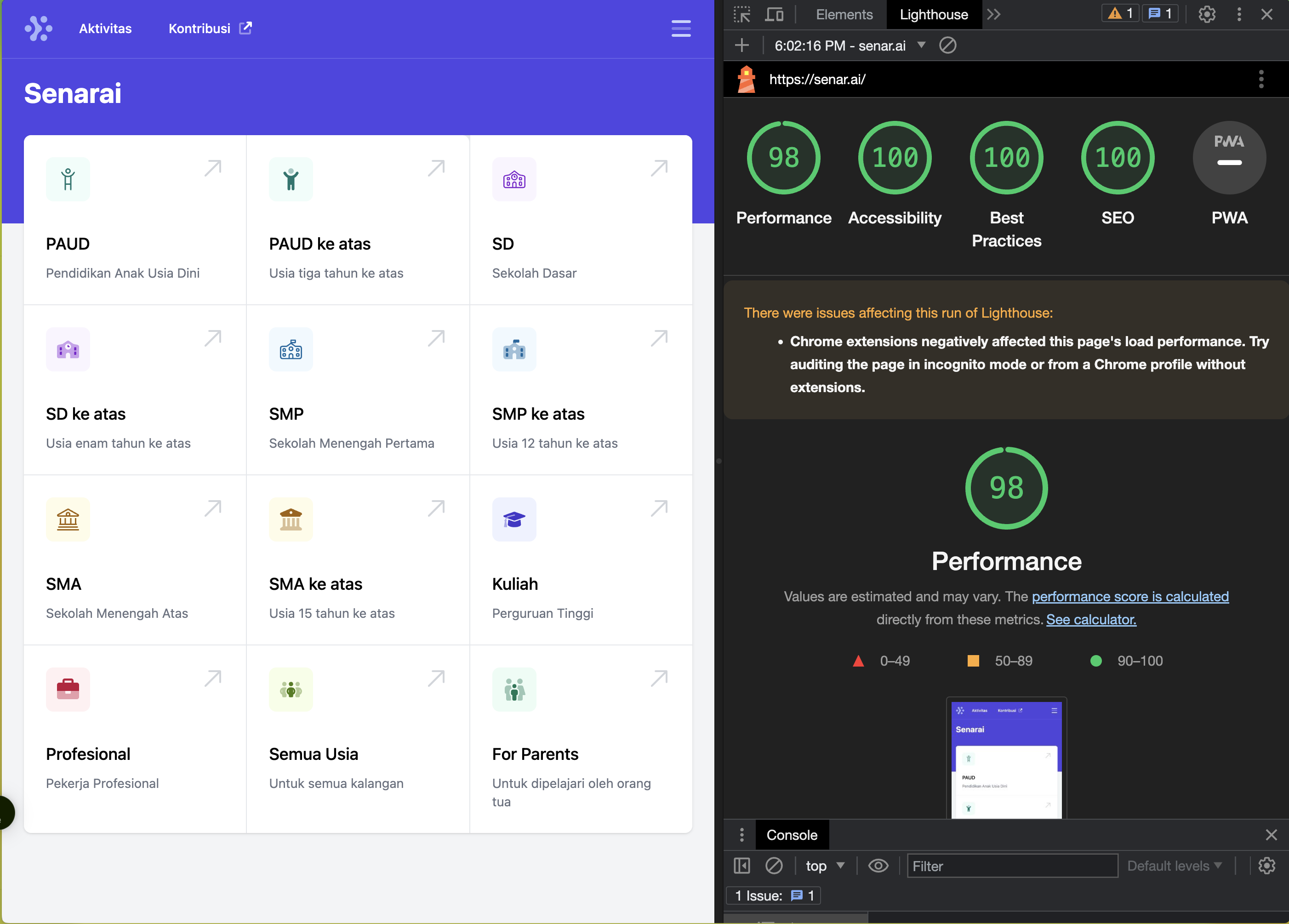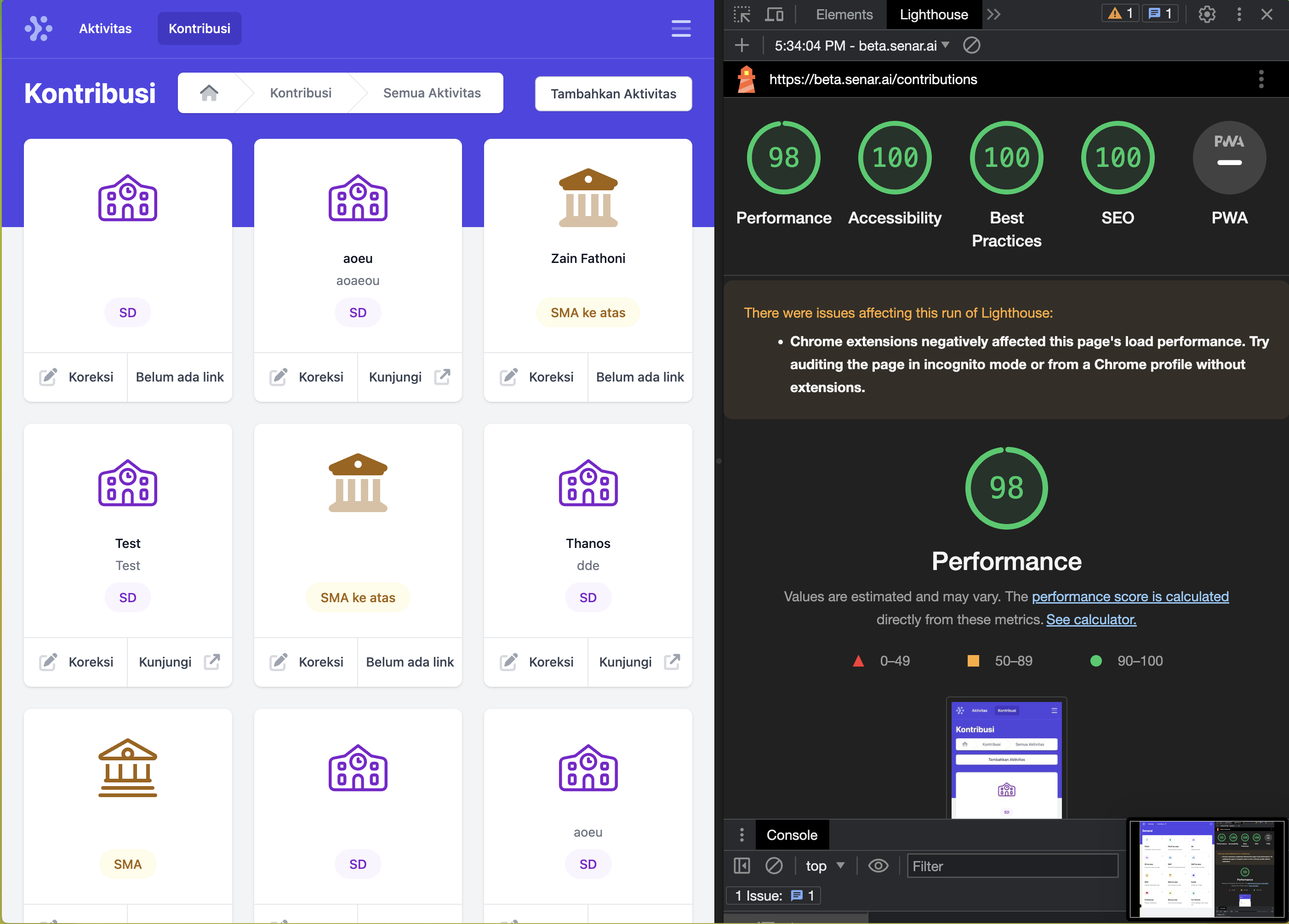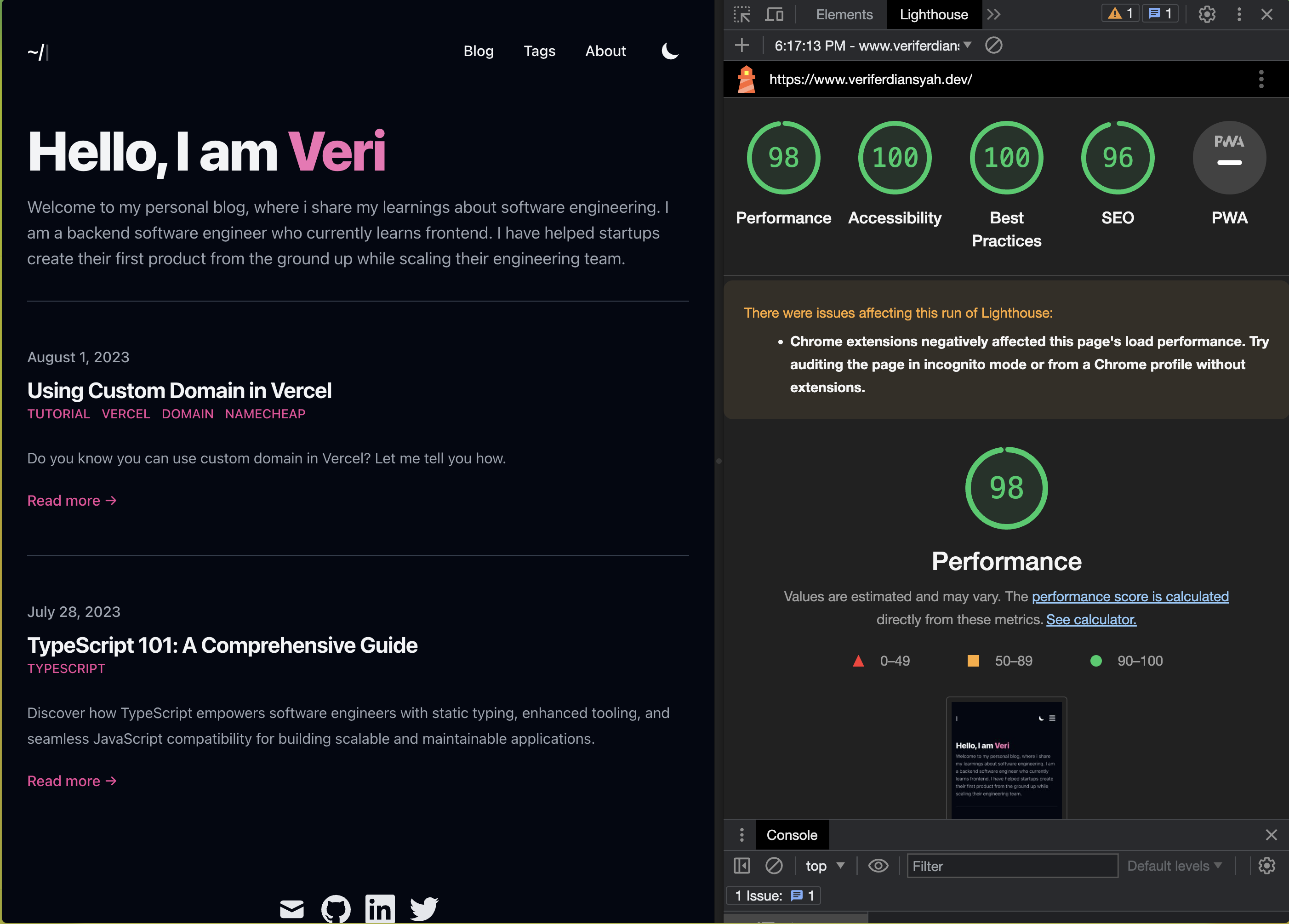Decisions
React Frameworks
Using Remix and Next.js interchangeably as React Frameworks for Zavi Family apps.
Considerations
I have been using Remix for my open-source projects since they opened the source code publicly in 2021. For example, Kelas Rumah Berbagi, Senarai, and Kawal Masjid. Therefore, naturally, I wanted to use Remix as React Framework for my Zavi Family apps.
History with Remix, Deno, and Prisma
I started feeling that I had pushed Remix too far in the wrong direction. Trying to live on the edge of the Remix ecosystem slowed me down significantly. For instance, I could not integrate Prisma into Senarai because I deployed Remix to Deno Deploy, which led me to host beta.senar.ai separately in Vercel to allow me to use Prisma.
Later on, Prisma started supporting the Deno runtime. However, I have lost my momentum and interest in pushing it further because I already had beta.senar.ai running on the side.
Remix Streaming exploration
I explored how to use Remix streaming in my Menyongsong Transisi Web talk. At that time, Next.js' streaming feature was still in beta, while it was already available as a stable version in Remix. Remix had advanced faster than Next.js on this side.
However, Remix's streaming feature also came with caveats. Quoting from their official Streaming documentation,
NOTE: Deferred UX goals rely on streaming responses. Some popular hosts do not support streaming responses. In general, any bare metal / VM provider will support streaming. Make sure your hosting platform supports you before using this API.
The most straightforward VM provider I could find is Fly.io. However, I have never succeeded in setting it up so far. For instance, I tried setting it up for Kelas Rumah Berbagi but failed to get it to work with PlanetScale. That's how I deployed it on Vercel again.
Yes, Vercel supports Remix streaming now, but I have lost interest in exploring Remix Streaming further in favour of a bigger unaddressed problem in Remix: Partial Hydration. At least, that's the impression I got from this Understanding React Server Components article. But for now, let's set aside all the nuances of what React Server Components could do for partial hydrations. We will get back to it later.
Epic Stack short trial
When I watched The Epic Stack talk in Remix Conf 2023, I was intrigued by its idea and principles. Hence I started this now-archived repository using it. However, when I tried running the project locally, I bumped into specific technical issues. It's not entirely ready yet; we cannot simply hope it works out of the box. For now, I will be using it as a reference implementation.
It got me thinking. Since I have also built many web apps in the past five years, as I shared in my Navigating The Web in A World Full of Constraints talk, I would like to explore whether I could build something similar. This is what made me get started with this Zavi Family project. I want something I can reuse reliably whenever I want to create a new project without losing momentum due to decision fatigue.
Partial hydration
Let's revisit the Partial Hydration problems in Remix. Through his React Server Components and Remix article, Ryan, Remix's co-founder, didn't think React Server Components bring much to the table, even with the partial hydration promises.
While taking his opinions with a grain of salt, I tried comparing the Lighthouse scores of a few web apps whose stacks I know.



Next.js 13 with React Server Components example
I picked Veri Ferdiansyah's blog for the Next.js 13 example because he recently announced it on LinkedIn and it got my attention. Go check it out. Hopefully, there will be more insightful content on it. 😁
If you have other examples that demonstrate React Server Components more comprehensively, please let me know. I will be more than happy to dig them further.
From the screenshots above, you can see that there are no significant differences between them.
The point is, no matter what tech stack you are using, you will be fine. So focus on optimising the speed of product value delivery.
Reconsidering Next.js 13
I last built an app using Next.js while working on WargaBantuWarga in 2021. It was before Remix went open source. Since Remix went open source, I have never given Next.js another try. It's probably time for me to give it another try while pushing its boundaries.
Especially with all the Tailwind UI templates built in Next.js. I'm a big fan of Tailwind UI, and I have been using it for building Kelas Rumah Berbagi and Senarai. And recently, I just spawned this documentation website in less than an hour by utilising Tailwind UI's Syntax documentation template. It felt so good delivering stuff quickly without the hassle of making decisions and stitching things up! 🎉
Decisions
Using Remix and Next.js interchangeably
In this monorepo, I will use either Remix or Next.js, based on the fastest path to value delivery.
Clean architecture
When specific patterns emerge, I will extract them into separate packages in the monorepo to allow reusability. I will dig deeper into it in another decision document.
Living on The Edge
Don't get me wrong. I'm still excited to live on the bleeding edge. But we must gauge how much we can afford to "bleed". Hence, making good trade-offs is an essential part of the decision-making process.